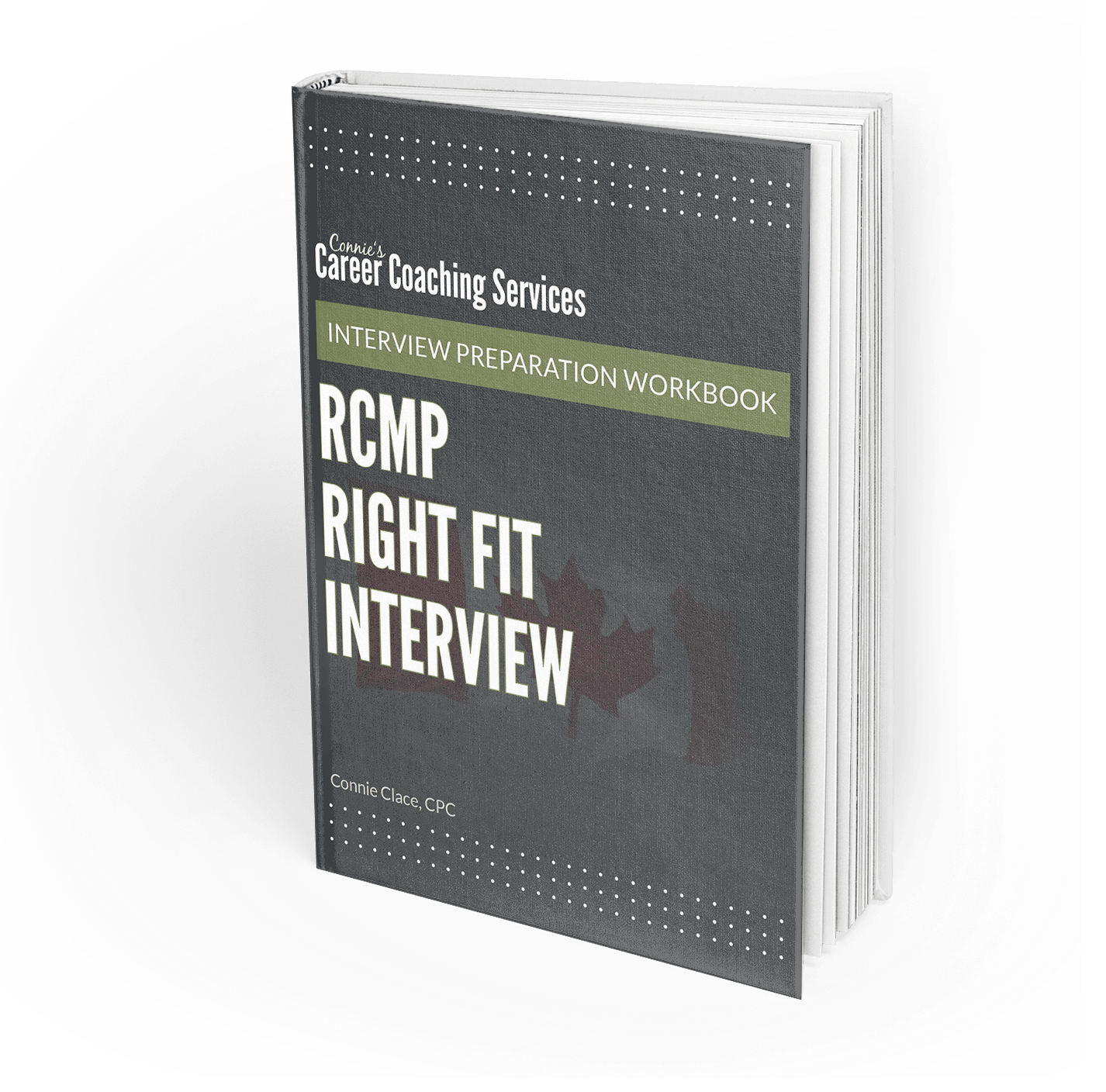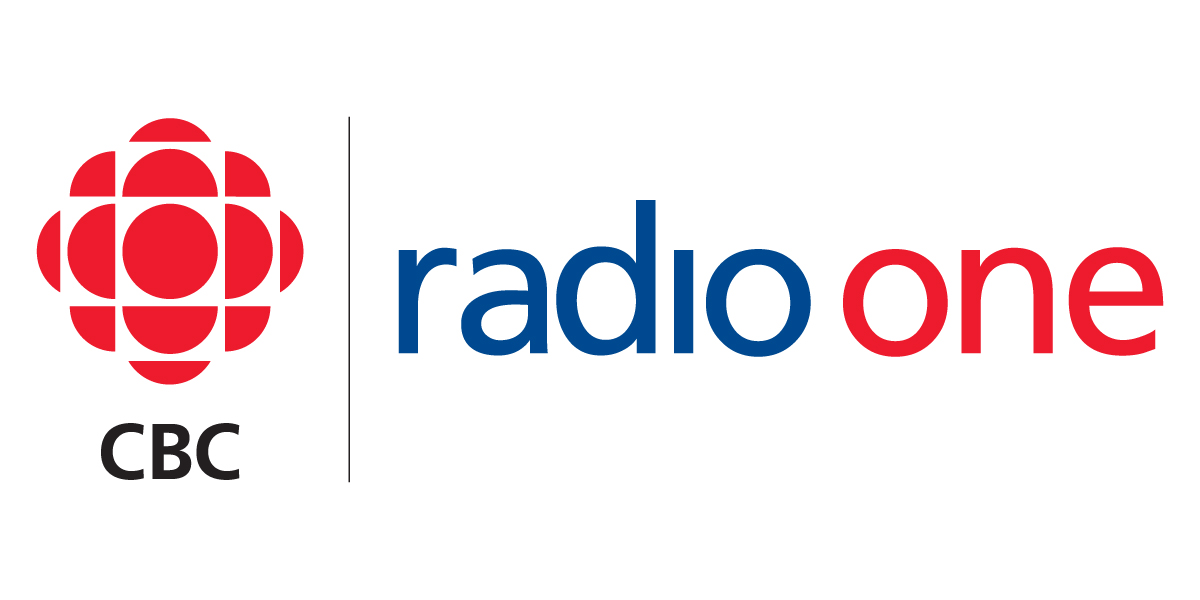Federal Government Jobs – Reading the Job Poster (Part 2 of 5)
In my first post of this series, I talked about the steps you can take to find the Federal job for which you want to apply.
You’ve done all the leg work, and found the job(s) that would like to pursue. So now what?
Now you have to go through the job poster and see what the qualifications are and assess whether or not you meet all of the essential qualifications.
That sounds easy, doesn’t it? Well it might be a bit more complicated than you think.
With every Federal job poster comes a list of all of the essential qualifications, asset qualifications, operational requirements, knowledge requirements and abilities. But let’s not get ahead of ourselves.
First thing you need to do is read the entire job poster to establish what exactly the hiring manager is looking for.
Let’s start at the top:
Closing date
- When do you have to submit your resume? Failure to submit within the closing date will result in being screened out.
Who can apply (Area of Selection)
- Make sure you are eligible to apply. This could talk about geographic locations, government departments, etc. You have to demonstrate that you meet the area of selection.
Intent of the Process
- This tells you what the purpose of the process is i.e. to hire one full time person, or to create a pool of qualified candidates, or to hire one term person with the possibility of being hired full time.
Information you Must Provide
- This section explains how you need to submit your information, i.e. are you required to include all of your information in a resume or in a cover letter or both? Make sure you know exactly what the required format is. Some will say you must clearly demonstrate how you meet the essential qualifications in your resume, others may say that you must speak to each of the essential qualifications in a cover letter, using a maximum of 1000 words, providing clear examples of how you meet. You may also be asked to answer screening questions to provide more detailed information about your experience. Whatever they ask for, you must provide. Failure to do so will result in being screened out of the process.
Essential Qualifications
- This section identifies what you must possess to be qualified for the job, and usually includes education and experience. You are required to include this information in your resume/cover letter. Make a direct link between the essential requirements and the information in your resume. If there are four experience statements that you must meet, then there needs to be a correlating bullet or bullets in your resume that articulates that you have that experience.
Other Essential Requirements
- This includes other essential requirements other than education and experience, and includes such things as knowledge, abilities and personal suitabilities. Although these qualifications are essential, you are not required to speak to them in your resume/cover letter as they will be assessed later in the selection process.
Asset/Other Qualifications
- This is additional education and/or experience that is nice to have, but not essential to being able to apply. If you have any asset qualifications, be sure to include them with your application. You might not get another chance to demonstrate that you meet this element.
Operational Requirements/Conditions of Employment
- This provides the information on what is expected/required of you should you be successful in this process. Please read these sections carefully and make sure you are prepared to commit to the requirements before you apply.
Other Information
- This section provides important information that you will need to know as the process continues, i.e. will there be an interview or tests, will there be reference checks etc. Read this section carefully so you know what to expect as the process moves forward.
Preference
- This section might identify if anyone will be given priority consideration in making the decision on who to hire, i.e. preference will be given to veterans. If the preference applies to you, make sure you include the information in your application.
Employment Equity
- You may also see in the job poster information on employment equity. Make sure you read that information and self identify if it applies to you.
As you can see, the job poster can be very complicated. But it doesn’t have to be.
If you know how to read and interpret the job poster, it can be straight forward. But don’t be afraid to reach out to a Certified Professional Career Coach who has extensive experience working with these types of job posters and understands the process. Take the guess work out of it and make sure you know how to proceed.
As my series of posts continues, we will focus on each of the components of the job poster, and how you can start preparing. There are many steps involved in being successful with the federal job process. The more you understand the process, the more prepared you can be, which will improve your chances of being successful.
Stay tuned for further insight on this challenging career process. To get caught up with previous posts on Federal Government Jobs, visit Federal Government Jobs – Tips.


Leave a Reply